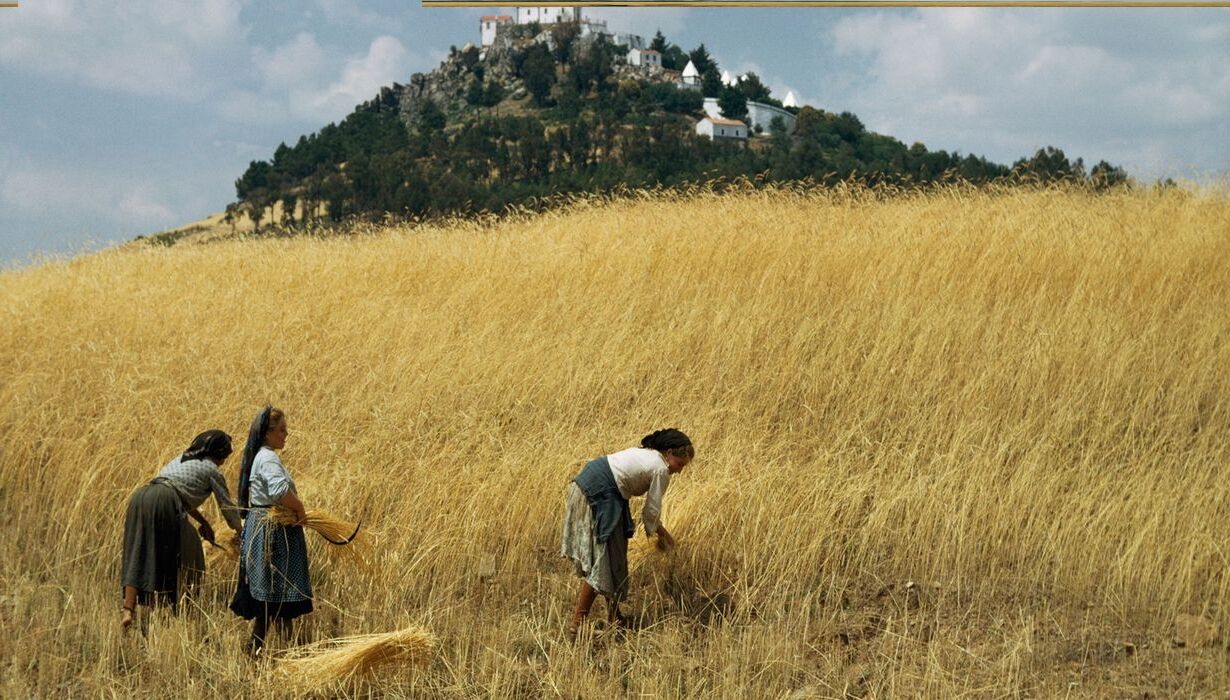
What was the Agricultural Revolution? The Agricultural Revolution was a period of significant change in farming practices that began around 10,000 years ago. This era marked the transition from nomadic hunter-gatherer societies to settled agricultural communities. People started to domesticate plants and animals, leading to the development of stable food sources. This shift allowed for population growth, the establishment of villages, and eventually the rise of civilizations. Innovations like the plow, irrigation systems, and crop rotation improved productivity. The Agricultural Revolution laid the foundation for modern society by transforming how humans interacted with their environment and each other.
The Dawn of Agriculture
The Agricultural Revolution marked a significant turning point in human history. It transformed societies from nomadic hunter-gatherers to settled agricultural communities. This shift brought about profound changes in lifestyle, economy, and technology.
-
The Agricultural Revolution began around 10,000 BCE in the Fertile Crescent, a region in the Middle East known for its rich soils and favorable climate.
-
Early humans domesticated plants like wheat and barley, which became staple crops.
-
The domestication of animals such as sheep, goats, and cattle provided a reliable source of meat, milk, and labor.
-
Permanent settlements emerged as people no longer needed to follow migrating herds or seasonal plant growth.
-
The development of irrigation systems allowed for the cultivation of crops in areas that previously couldn't support agriculture.
Technological Advancements
The Agricultural Revolution spurred numerous technological innovations that improved farming efficiency and productivity.
-
The plow, invented around 3000 BCE, revolutionized farming by making it easier to till the soil.
-
Crop rotation, a practice of alternating different crops in the same field, helped maintain soil fertility and reduce pest infestations.
-
The invention of the wheel around 3500 BCE facilitated transportation and trade of agricultural products.
-
Early farmers used simple tools like hoes and sickles made from stone, wood, and bone.
-
The development of metal tools, such as bronze and iron plows, significantly increased agricultural productivity.
Social and Economic Impact
The shift to agriculture had profound effects on social structures and economies.
-
Surplus food production allowed for population growth and the establishment of larger communities.
-
The division of labor emerged, with some people specializing in farming while others took on roles like tool-making, trading, or governance.
-
The concept of private property developed as land ownership became more important.
-
Social hierarchies formed, with wealth and power often concentrated in the hands of those who controlled the land and food supply.
-
Trade networks expanded as agricultural communities exchanged surplus goods with neighboring regions.
Environmental Changes
Agriculture had a significant impact on the environment, both positive and negative.
-
Deforestation occurred as land was cleared for farming, leading to habitat loss for many species.
-
Soil erosion became a problem in areas where intensive farming practices depleted the land.
-
Irrigation systems sometimes led to salinization, where salt buildup in the soil reduced its fertility.
-
The introduction of new crops and animals to different regions often disrupted local ecosystems.
-
On the positive side, agriculture allowed for the cultivation of a wider variety of plants, increasing biodiversity in some areas.
Cultural Developments
The Agricultural Revolution also influenced cultural practices and beliefs.
-
Religious rituals and festivals often centered around agricultural cycles, such as planting and harvest seasons.
-
Mythologies and legends frequently featured deities associated with fertility, crops, and livestock.
-
Art and architecture flourished as settled communities had more time and resources to devote to creative pursuits.
-
Written language developed, in part, to keep records of agricultural transactions and land ownership.
-
Education systems emerged to pass down farming knowledge and techniques to future generations.
Health and Nutrition
The transition to agriculture had mixed effects on human health and nutrition.
-
Early agricultural diets were often less varied than those of hunter-gatherers, leading to nutritional deficiencies.
-
The reliance on a few staple crops made communities vulnerable to famine if those crops failed.
-
Sedentary lifestyles associated with farming led to new health issues, such as joint problems and infectious diseases.
-
However, the ability to store surplus food provided a buffer against periods of scarcity.
-
Over time, agricultural societies developed more diverse diets and improved farming techniques, leading to better overall health and nutrition.
The Impact of the Agricultural Revolution
The Agricultural Revolution changed human history forever. It shifted societies from hunting and gathering to farming, leading to permanent settlements and the rise of civilizations. This era saw the domestication of plants and animals, which increased food production and population growth. Innovations like the plow and irrigation systems boosted efficiency, while crop rotation improved soil fertility.
Trade expanded as surplus food allowed communities to exchange goods and ideas. Social structures evolved, with new roles and hierarchies emerging. The revolution also had environmental impacts, including deforestation and soil depletion.
Understanding this period helps us appreciate the foundations of modern agriculture and its ongoing influence on our world. The Agricultural Revolution wasn't just a change in how food was produced; it was a catalyst for societal transformation, laying the groundwork for the complex, interconnected world we live in today.
Was this page helpful?
Our commitment to delivering trustworthy and engaging content is at the heart of what we do. Each fact on our site is contributed by real users like you, bringing a wealth of diverse insights and information. To ensure the highest standards of accuracy and reliability, our dedicated editors meticulously review each submission. This process guarantees that the facts we share are not only fascinating but also credible. Trust in our commitment to quality and authenticity as you explore and learn with us.
